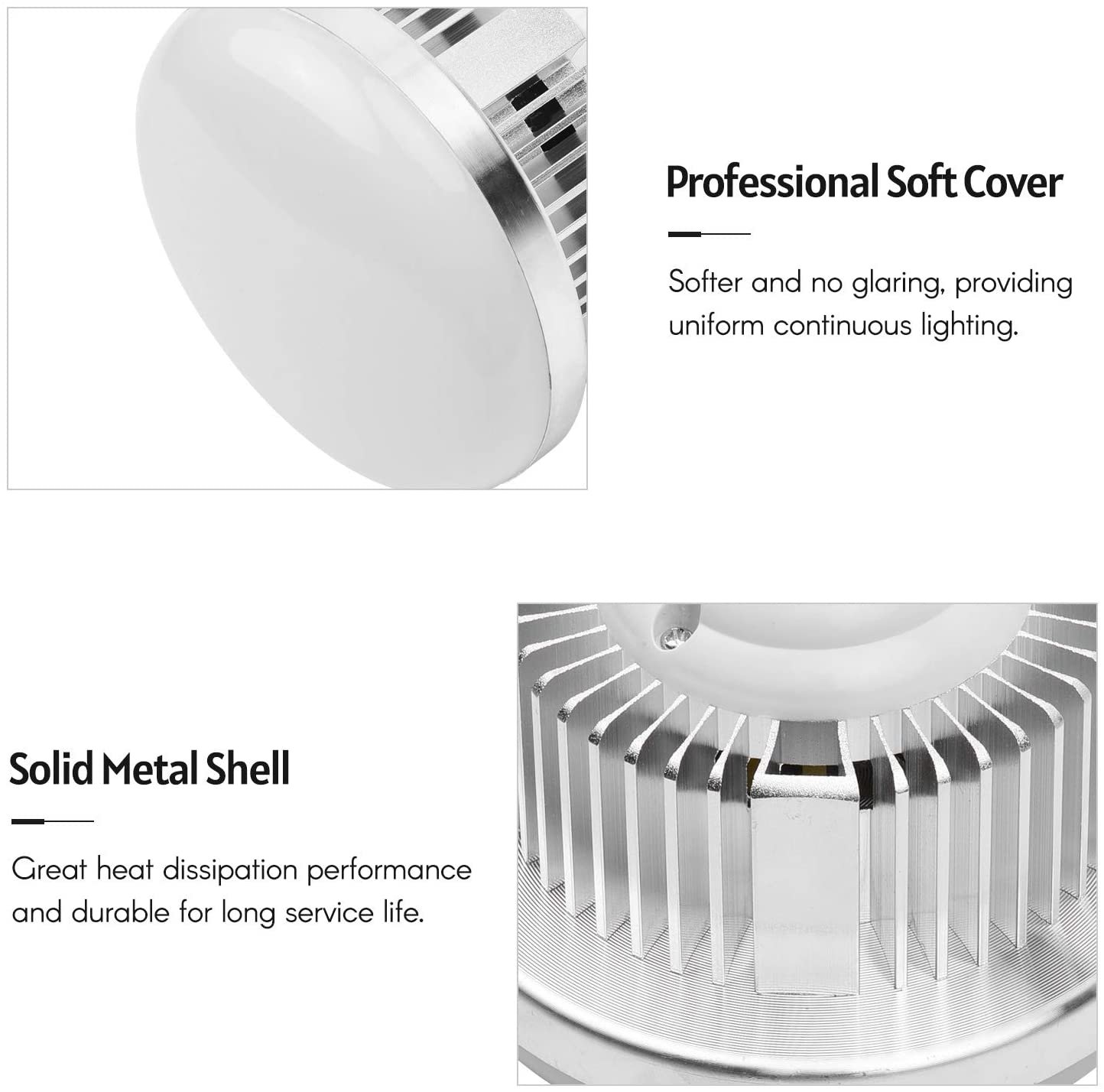Mastering The Art Of "Mộ điệu": A Deep Dive Into The Fascinating World Of Bamboo Weaving
Have you ever heard about má»™ Ä‘iệu? This traditional craft is blowing up in popularity and it’s time to get educated. Má»™ Ä‘iệu, or bamboo weaving, is a centuries-old practice that’s still thriving today. It’s not just about creating baskets or mats—it’s an art form that’s deeply rooted in culture and sustainability. Whether you’re an art enthusiast, a culture lover, or just curious about traditional crafts, má»™ Ä‘iệu has something for everyone.
Bamboo weaving is more than just a skill. It’s a reflection of the people who practice it and the communities it supports. This craft isn’t just about making beautiful items—it’s also about preserving history, promoting sustainability, and creating meaningful connections between artisans and their audience. If you’re ready to dive into the world of má»™ Ä‘iệu, you’re in for a treat. We’ll break it down for you step by step.
Let’s face it, in today’s fast-paced world, we often forget the beauty of traditional crafts. But má»™ Ä‘iệu reminds us of the importance of slowing down and appreciating the artistry behind handmade creations. So, buckle up and get ready to explore the rich history, techniques, and cultural significance of this incredible craft.
- Nick Gereffi Das Vermchtnis Des Casting Associate Hinter You Gotham
- Neu So Erkundet Ihr Eure Sexuellen Vorlieben Mit Mojo Upgrade
What Exactly is Mộ điệu?
Alright, let’s start with the basics. Má»™ Ä‘iệu refers to the art of bamboo weaving. It’s a craft that’s been around for thousands of years and is still practiced in many parts of the world, especially in Southeast Asia. Bamboo is an amazing material—it’s strong, flexible, and eco-friendly. These qualities make it perfect for weaving into all sorts of items, from baskets and mats to intricate decorative pieces.
But here’s the thing: má»™ Ä‘iệu isn’t just about functionality. It’s also about beauty. The patterns, textures, and designs created through bamboo weaving are stunning. Each piece tells a story and carries the essence of the culture it comes from. So, whether you’re looking for practical items or decorative ones, má»™ Ä‘iệu has got you covered.
Why Bamboo?
Ever wondered why bamboo is such a popular material in weaving? Well, it’s not just because it’s pretty. Bamboo is one of the fastest-growing plants in the world, making it a sustainable choice. Plus, it’s super strong and durable, which means the items made from it last a long time. Oh, and did I mention it’s eco-friendly? Yep, bamboo is biodegradable and doesn’t harm the environment. Talk about a win-win situation!
- Skandal Im Restaurant Wer Ist Joel Michael Singer Wirklich Jetzt Enthllt
- Wpcntcom Was Indiens Gen Z Wirklich Dort Findet Entdecken
History of Mộ điệu
Let’s take a trip back in time to explore the history of má»™ Ä‘iệu. This craft dates back thousands of years and has been an integral part of many cultures. In ancient times, people used bamboo to create tools, shelters, and everyday items. Over time, the techniques evolved, and má»™ Ä‘iệu became more than just a practical skill—it became an art form.
Today, má»™ Ä‘iệu is still practiced in many countries, including Vietnam, China, and Indonesia. Each region has its own unique style and techniques, which makes the craft even more fascinating. From the intricate patterns of Vietnamese bamboo weaving to the bold designs of Chinese baskets, there’s so much diversity within the world of má»™ Ä‘iệu.
Key Regions in Mộ điệu
Here’s a quick rundown of some of the key regions where má»™ Ä‘iệu is most prominent:
- Vietnam: Known for its delicate and intricate designs, Vietnamese bamboo weaving is a true masterpiece.
- China: Chinese bamboo weaving often features bold patterns and vibrant colors, making it stand out.
- Indonesia: Indonesian bamboo weaving incorporates traditional motifs and is often used in ceremonies and rituals.
Techniques and Tools in Mộ điệu
So, how exactly is mộ điệu done? Well, it involves a lot of skill and precision. Artisans use a variety of techniques to create their masterpieces. Some of the most common techniques include:
- Weaving: This is the basic technique where bamboo strips are interlaced to form a pattern.
- Coiling: In this technique, bamboo strips are coiled around a central core to create a spiral design.
- Plaiting: This involves weaving bamboo strips in an overlapping pattern to create a strong and durable surface.
And of course, every good artisan needs the right tools. Some of the essential tools for mộ điệu include knives, saws, and needles. These tools help artisans shape and manipulate the bamboo strips into the desired form.
Learning Mộ điệu
Think you’ve got what it takes to try your hand at má»™ Ä‘iệu? There are plenty of resources available for beginners. You can take classes, watch tutorials, or even apprentice with a master artisan. The key is to practice, practice, practice. And don’t worry if your first few attempts don’t turn out perfect—remember, even the pros started out as beginners.
Cultural Significance of Mộ điệu
Beyond its practical and artistic applications, má»™ Ä‘iệu holds deep cultural significance. In many communities, it’s not just a craft—it’s a way of life. Bamboo weaving is often passed down from generation to generation, preserving traditions and keeping cultural heritage alive. It’s also a way for artisans to connect with their ancestors and honor their legacy.
Moreover, má»™ Ä‘iệu plays a role in many cultural ceremonies and rituals. In some regions, bamboo items are used in weddings, funerals, and other important events. These items are more than just objects—they’re symbols of tradition, community, and identity.
Modern Applications of Mộ điệu
While má»™ Ä‘iệu has deep roots in tradition, it’s also finding new applications in the modern world. Today, bamboo weaving is being used in fashion, interior design, and even architecture. Designers are incorporating bamboo elements into their creations, adding a touch of nature and culture to contemporary designs.
Sustainability and Mộ điệu
One of the biggest draws of má»™ Ä‘iệu is its sustainability. Bamboo is one of the most eco-friendly materials out there, and when combined with traditional weaving techniques, it creates products that are both beautiful and environmentally responsible. In a world where sustainability is more important than ever, má»™ Ä‘iệu offers a solution that’s both practical and ethical.
Plus, by supporting má»™ Ä‘iệu artisans, you’re also supporting sustainable livelihoods. Many artisans rely on this craft for their income, and by purchasing their products, you’re helping to ensure that they can continue their work and pass on their skills to future generations.
Eco-Friendly Alternatives
Here are some ways mộ điệu can be used as an eco-friendly alternative:
- Reusable Bags: Bamboo woven bags are a great alternative to plastic bags.
- Home Decor: Use bamboo mats and screens to add a natural touch to your home.
- Furniture: Bamboo chairs and tables are stylish and sustainable.
Challenges Facing Mộ điệu
Despite its many benefits, má»™ Ä‘iệu is facing some challenges in the modern world. One of the biggest challenges is the decline in the number of artisans practicing the craft. As younger generations move away from traditional skills, there’s a risk that má»™ Ä‘iệu could be lost. Additionally, competition from mass-produced items and synthetic materials poses a threat to the craft.
However, there’s hope. Many organizations and initiatives are working to preserve má»™ Ä‘iệu and promote its importance. By supporting these efforts, we can help ensure that this incredible craft continues to thrive.
How You Can Help
Here are some ways you can support mộ điệu:
- Buy Handmade Products: Support artisans by purchasing their handmade creations.
- Spread Awareness: Share the story of mộ điệu with others and help raise awareness about its importance.
- Learn the Craft: If you’re interested, consider learning má»™ Ä‘iệu yourself and becoming part of the community.
Conclusion
There you have it—a deep dive into the world of má»™ Ä‘iệu. From its rich history and cultural significance to its modern applications and sustainability, this craft has so much to offer. Whether you’re an art lover, a culture enthusiast, or just someone looking for eco-friendly alternatives, má»™ Ä‘iệu is worth exploring.
So, what’s next? Why not check out some má»™ Ä‘iệu products for yourself? Or maybe even try your hand at weaving. Whatever you choose, remember that by supporting má»™ Ä‘iệu, you’re not only getting beautiful and sustainable items—you’re also helping to preserve a vital part of our cultural heritage.
Don’t forget to leave a comment below and let us know what you think about má»™ Ä‘iệu. And if you enjoyed this article, share it with your friends and family. Together, we can keep this incredible craft alive and thriving!
Table of Contents
- What Exactly is Mộ điệu?
- History of Mộ điệu
- Techniques and Tools in Mộ điệu
- Cultural Significance of Mộ điệu
- Sustainability and Mộ điệu
- Challenges Facing Mộ điệu
- Modern Applications of Mộ điệu
- How You Can Help
- Eco-Friendly Alternatives
- Conclusion
- Ist Trevor Bauer Verheiratet Das Enthllt Sein Beziehungsstatus
- Iamxs Meisterwerk Eine Tiefgrndige Analyse Von Bernadette Jetzt Neu

Ma Tra Cuu Hoa Don Dien Tu La Gi Cach Tra Cuu Hoa Don Dien Tu Chinh Xac

Bóng Ä Ã¨n Led Siêu Sáng 285w Ä iá» u chỉnh nhiệt Ä á»™ Mà u

Bóng Ä Ã¨n Led Siêu Sáng 285w Ä iá» u chỉnh nhiệt Ä á»™ Mà u